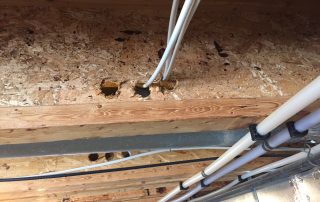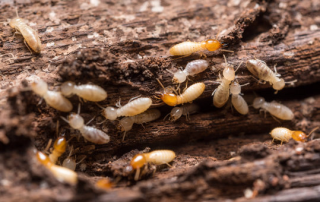About Pressure-Treated Lumber
All About Pressure-Treated Lumber Do you use pressure-treated lumber for a crawlspace? Crawlspaces are known for being high-moisture environments (a huge problem, see our post on crawlspace humidity). Pressure-treated lumber is built to withstand moisture and water contact. So that's what you should use for your crawlspace, right? Ignoring the fact that your crawlspace should not be high humidity, it likely is at least more so in the interior of your home. If you have had moisture damage in your crawlspace due to humidity, it makes sense that you would want to use pressure-treated lumber. [...]









